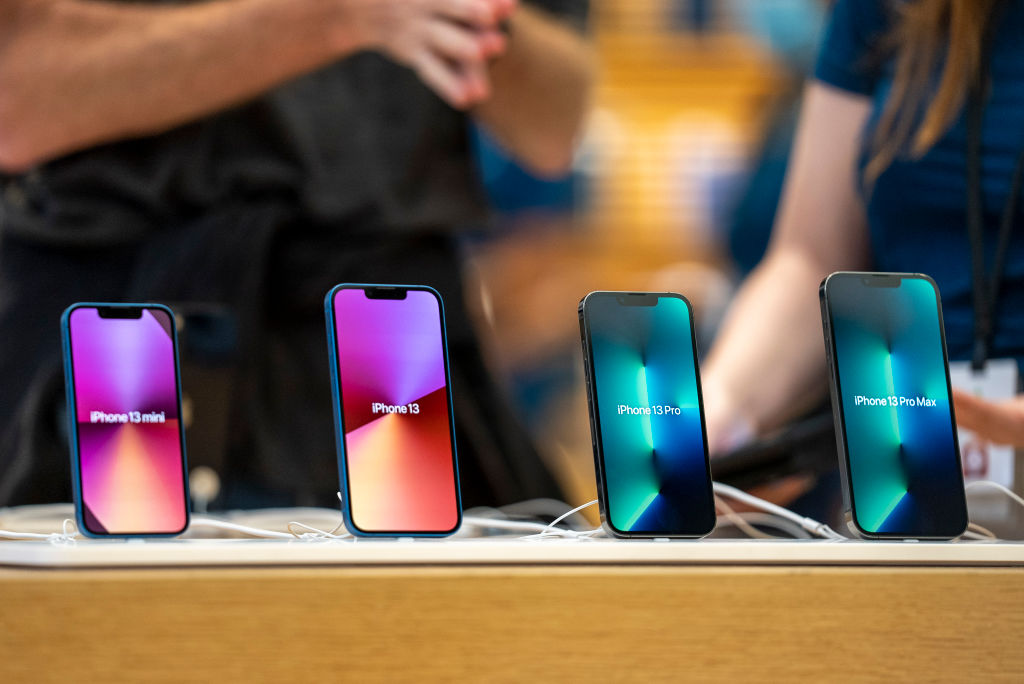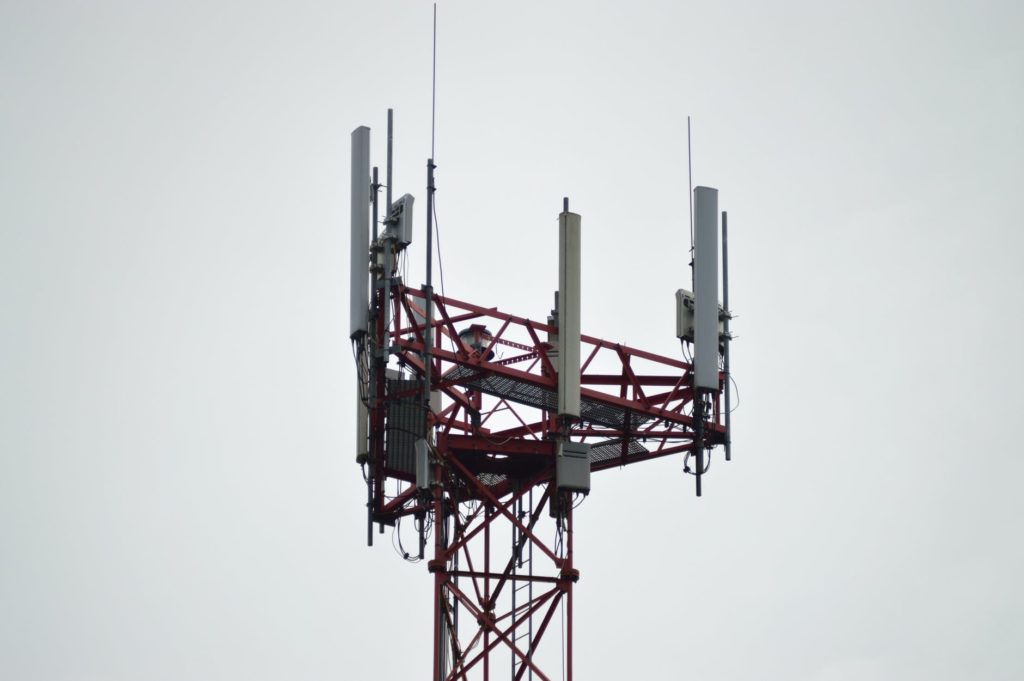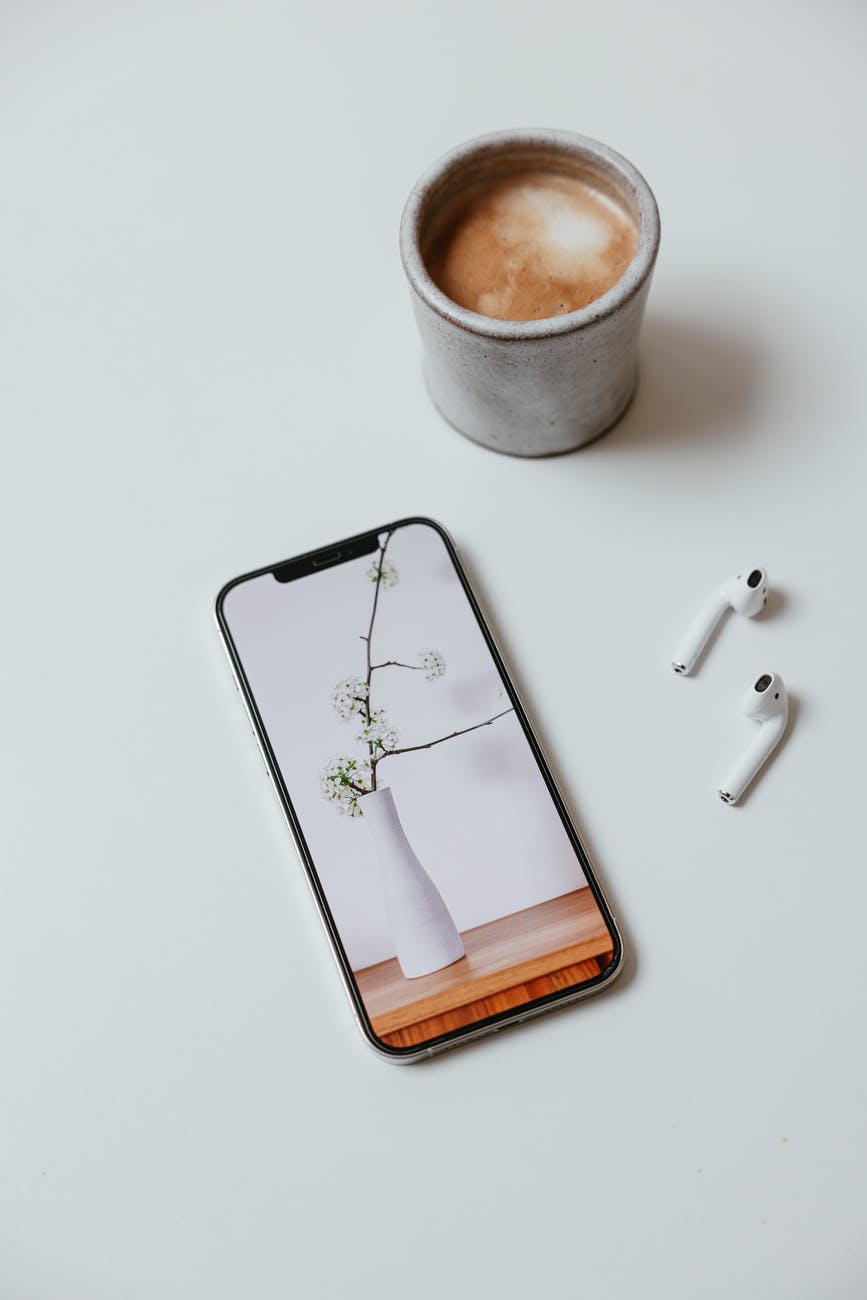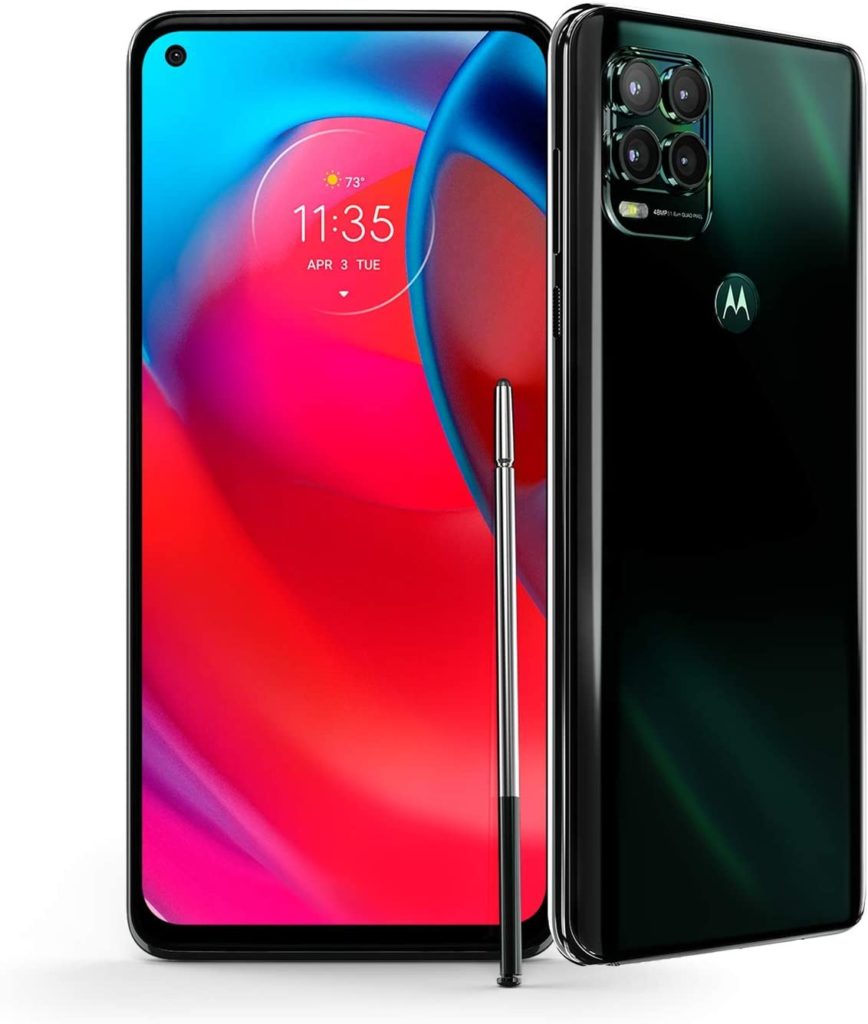
One of the issues that may become more and more relevant in the cell phone world in the coming years is downward compatibility. With that in mind we are going to answer the simple question of, “Can 5G phones use 4G?”. Right off the bat we can say that the short answer is yes. Currently, we have heard reports of issues with backward compatibility with cell phones. There is a sense though that things are about to change rather quickly. Folks from countries with lower tier networks may start seeing these types of problems. Since, what we are seeing today are concerns with upward compatibility. To the point where phones that were built in the era of 3G and even 4G are becoming obsolete.
We are seeing a ton of countries starting to phase out their original 3G networks. With other countries like Japan and South Korea potentially thinking about phasing out their 4G networks real soon. Particularly when the countries complete the transition to higher tier networks. In simple terms, it’s definitely much harder to have compatibility with a newer network on an older phone. Yet, we do have reasons to believe that these difficulties are going to extend to new devices trying to catch downward compatibility. Although at the time of writing the answer to “Can 5G phones use 4G?” is yes, that could change in the coming years.
- Can 5G Phones Use 4G? – Why The Answer Is Yes Right Now
- Can 5G Phones Use 4G? – Why This May Change
- How You Can Access LTE, 3G or 2G Coverage Abroad
- Is It Worth It To Keep An Older Phone?
- The Transition To 6G
- What Type of Phone Should You Buy
Can 5G Phones Use 4G? – Why The Answer Is Yes Right Now
The answer is yes right now because the phones that are going to market with access to a 5G network are also able to access 4G networks. It’s important to point out that access to a network doesn’t equal the strength of the signal that you’re getting. Essentially the 4G nationwide network is a completely different grid than the one that runs 5G. In many places this has meant putting up brand-new cell towers or at the very least updating ones from a previous generation. Plenty of countries have had a rough go creating their 5G nationwide networks because the country is literally too big. That’s why you see countries like Belgium have a larger 5G penetration in their user base for locals than you do in the USA.
There are still very big markets out there, like India for example, where at the time of writing, the 5G nationwide network is yet to be released. Why is this information relevant even if you don’t live in India? Well, essentially the answer to can 5G phones use 4G is yes right now thanks to the fact that many big markets still only offer a 4G network as their most advanced cell connection. As long as this continues to be the case we are still going to be seeing this backwards compatibility be available. Things can and potentially will change in the maybe not too distant future.
Can 5G Phones Use 4G? – Why This May Change

We are banking on this to change because countries are literally phasing out their 3G and 4G networks as we speak. So this means that at some point 5G is going to be the lowest level of network coverage possible. We know that sounds really strange to think about right now. Since, as we’ve mentioned there are countries across the globe that don’t even have a nationwide 5G network. Eventually though, it seems progress in cell networks is going to come to a point where 4G is going to be obsolete. Therefore, the answer to whether 5G phones use 4G will be no. There are a couple of things that can make this a little bit more complicated, but we are going to get to that shortly.
We’ve actually researched and speculated on this backwards compatibility issue a couple of times on the site before. What we feel is that the phone manufacturers are going to be the ones that have the final word in this whole ordeal. If large markets like India keep falling behind would Samsung, and Apple just stop making phones that are compatible with 4G networks? That answer is probably no. Sadly, if other countries, particularly in Central Africa fall behind they may have to start relying on older technology. Further, widening the massive technology gap that currently exists between these countries and some of the more advanced countries across the globe.
How You Can Access LTE, 3G or 2G Coverage Abroad
One thing is getting access to the network, and the other thing is the signal and speed that you’re getting from said network. The reason why we want to tackle this topic is because most American wireless service providers offer 2G data speeds to folks on the roaming plan after using 0.5GB of data a day on their trip. Does that mean that you are going to be dropped to a 2G network? The chances are, that’s not going to be the case. Most countries in the world that have a 4G or 5G national network have discontinued their 2G networks. As we mentioned, that’s what is going to happen eventually with 4G and 5G networks. Some countries even have a set date to tear down their 4G network already!
How is it then that you are going to be getting such slow speed data when you travel abroad? The simple answer is that you are going to have access to whatever national wireless network your local service provider can find access to. Yet, they are going to limit the amount of speed that will get to you. For a lack of a better term they control the faucet, and they can turn the water on or off on you. You have access though to the 4G or 5G network even if you are only getting 2G speeds. They are putting you behind a paywall. That’s why you can access faster speeds if you buy an international travel pass.
Is It Worth It To Keep An Older Phone?

The way that we see it, everyone is going to have to update their cell phones every 2 years or so. We understand that this can be a bit of a challenge due to the cost of new phones. That’s going to be a major advantage that wireless service providers are going to try to exploit as they always have. Keeping people on post paid plans, and paying a lease if you will for their new phones. There are a couple of elements that we take into account when throwing out that 2 year life span for phones. Number is storage capacity. That was a big issue with phones maybe from 4 years ago to today.
The data storage capacity in the device was super low. Now that you need to deal with a ton of apps you need a device that can store much more data. That is likely going to go up once again in the new generation. Also, app updates stop being available for phones after x number of years in use. Granted, 2 years can be an early retirement period. However, it is around that point in time when you’re going to start having trouble.
So as far as keeping an old phone it will only really make sense if you’re traveling to an underdeveloped country constantly. We hate using those types of terms, but there’s really no other way to put it. If you’re going to Central Africa, and trying to fetch 2G coverage from a 5G phone you may be in a pickle. That’s why we say it would only make sense to keep an older phone if you travel to those types of places. With 6G being implemented in some countries while others struggle with 4G penetration the number of countries that will fall behind is due to increase. Therefore, keeping an older phone can make more sense for travelers.
The Transition To 6G
With the transition to 6G looming in many countries, as we mentioned, the answer to the original question about can 5G phones use 4G is set to change in many countries. Since we are seeing certain places where the 4G network is going to outright disappear in the near future if it hasn’t already. As we just mentioned there could be a massive phone issue. The simple fix that people are potentially going to hope for is that phone manufacturers just keep making phones backwards compatible. This is going to allow someone in Latin America for example to buy the latest iPhone even if the network in their country is a generation lower than what we see in parts of Asia.
This is a topic that we’ve talked about on the site before. The problems are going to start if and when phone manufacturers stop making devices that are backwards compatible. We are already seeing a bit of an issue with eSIMs. The first generation eSIM phones still had to have a regular SIM card outlet. Since, many countries didn’t have eSIM accessibility in their local networks. At some point though it looks like the tech breach is going to widen and widen. What will probably happen is that people in more and more countries will start essentially losing access to newer phones.
What Type of Phone Should You Buy?

Ultimately this ties into what we were just talking about. You probably want to be looking for something that ties in well with your home network. We do encourage that 2 year rule to be observed. So, when you go out and buy a phone, check the release date on it. You can buy a phone that’s maybe one year old. In the sense that the original release date was a year ago, not necessarily that it’s used. Still using that phone for about 2 years. We know that there are service providers out there, particularly those that sell prepaid plans that are going to offer very cheap old phones that are meant to be compatible with their network. That can be true, but the compatibility can run quickly.
There are actually prepaid plans that only allow you to access a 4G network locally. We are talking about companies in the United States that offer this. If you buy the phone for a prepaid plan you have to be aware of the fact that you won’t be able to ever access a 5G network with that phone. As we mentioned the compatibility and essentially the usage possibilities of these older phones are going to continue to drop day after day. That’s why ideally the 2-year rule is one that you should look to stick to!
Can 5G Phones Use 4G – Conclusion
The answer is currently yes, but that may not stay the same from here to the end of time. As we mentioned in the article plenty of countries are updating their cell networks and they are discontinuing their older networks. There are many countries out there that are getting ready to tear down their 4G networks for good. So what happens when you travel, and you’re offered lower speeds? That essentially means that your service provider is going to limit the flow of coverage that you’re getting. We know that’s not exactly how it works, but it’s the best metaphor that we can use.
Your network is the one that is putting speed caps on the coverage that you’re going to be able to get. That’s why you may see that you can access free international 2G with T-Mobile for example. With your phone though you can go to a country like India who at the time of writing doesn’t have an active 5G network. Get a local SIM card there and connect to their 4G network. That should be entirely possible. This backwards compatibility may not be something though that we’ll continue to see for years to come! What will happen in the future though is anyone’s guess.
Get An E-SIM Card To Access Low Cost Coverage In Any Country In The World

In doing so you’ll be supporting us create more content to help you find coverage as you travel. At the same time you may be solving the issue that you came here for help on!